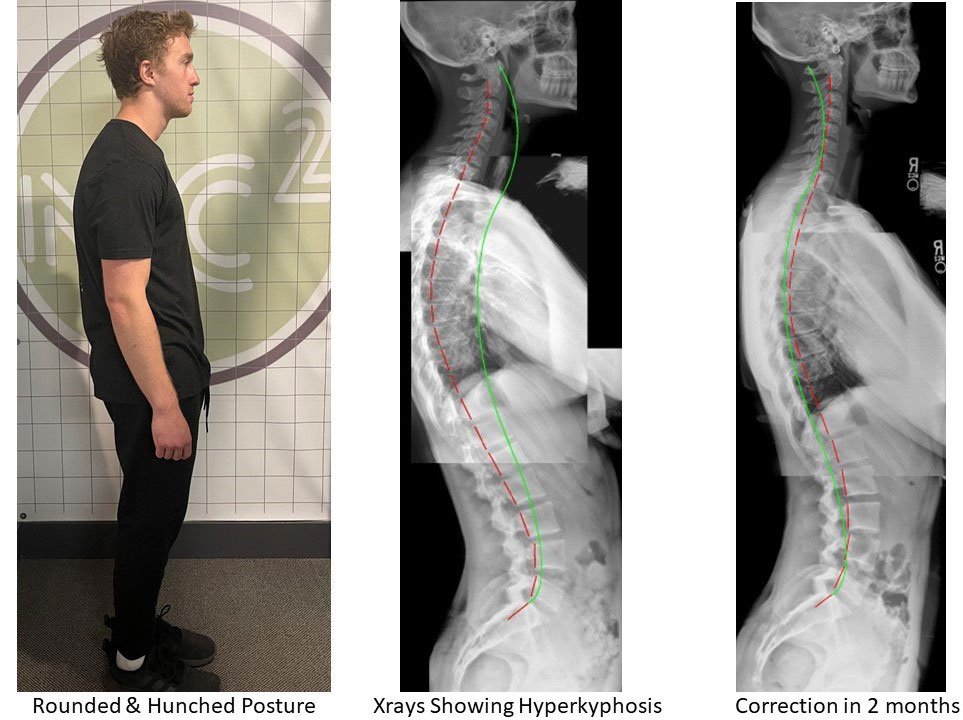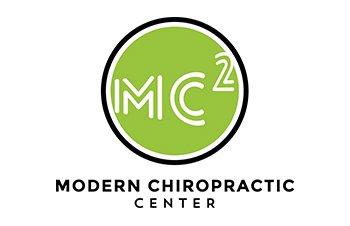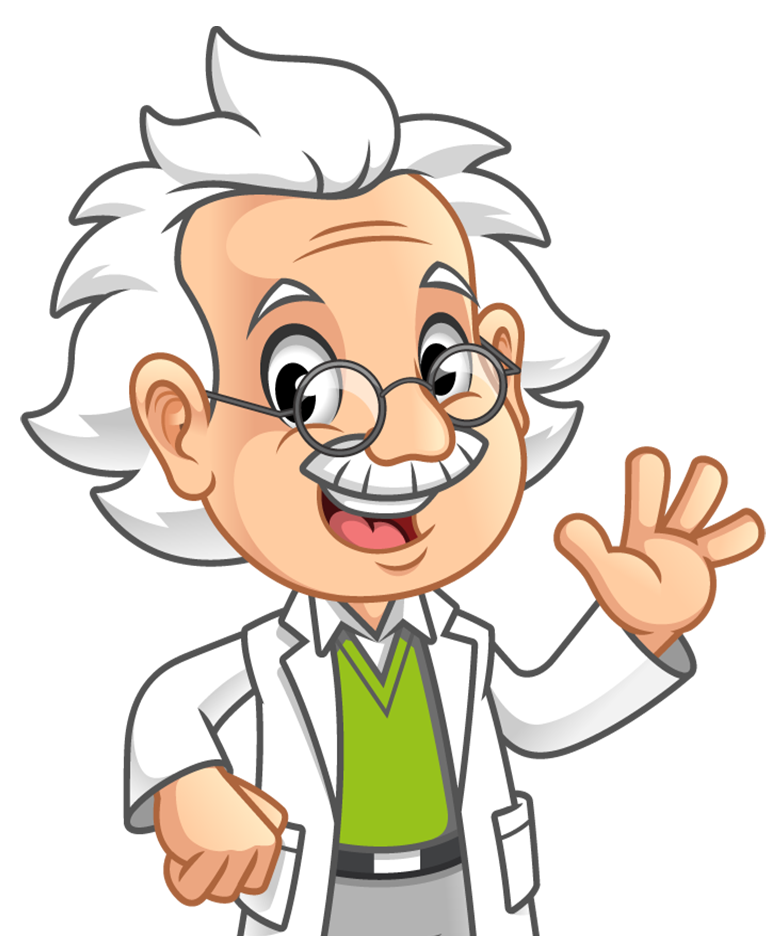Thoracic Hyperkyphosis Treatment
The start to living pain-free starts with a one-on-one consultation with one of our chiropractors.
Chiropractor’s at Modern Chiropractic Center can help:
- Strengthening postural muscles
- Improving rounded shoulders
- Improving hunchback posture
We can help with Thoracic Hyperkyphosis. Call us To Schedule! (208) 629-1904

The spine from the side shows three different curves. The neck and low back regions curve with an arch forward. This forward arch is called “lordosis”. The middle back arches backward and is called “kyphosis”. A common problem is when someone has too much rounding backward, or hyperkyphosis. Hyperkyphosis may commonly and crudely be called “hunchback”. But this abnormal posture is actually worse than it looks. This rounding of the middle back (thoracic spine) can lead to many other problems.
If you think you may have hyperkyphosis, you are not alone. More than three million people in the United states have this exact problem. This can affect people of all ages, but it is most commonly seen in people over forty-years-old and worsens with age if left untreated. Although extremely common, it is not normal, nor is it healthy for you to live with hyperkyphosis. Individuals that have hyperkyphosis of the thoracic spine suffer with a number of different ailments and symptoms that are directly correlated with their posture.
Some health problems related to thoracic hyperkyphosis include the following:
- inability to sit up straight and use good posture
- back and neck pain
- headaches and muscle pain
- forward head posture
- gastric hernias
- impaired gate
- reduced spine mobility
Other, more serious health problems include
- difficulty breathing and decreased lung function
- increased risk of falling as a person ages
- muscle weakness
- uterine prolapse
- reduced quality of life
- osteoarthritis
- spinal compression fractures as the curve worsens over time
- and even early mortality
Not many people know the impact this spinal deformity can have on one’s quality of life and even on length of life. As kyphosis angle increases, physical performance and quality of life often declines, making early intervention for hyperkyphosis a priority. Wouldn’t you want to know if you had hyperkyphosis and prevent health problems like this? So how does one find out if they have it or not?
The doctors at Modern Chiropractic Center in Boise and Nampa are highly trained in assessing and identifying thoracic hyperkyphosis. By doing a thorough examination which includes a visual postural assessment, orthopedic testing and range of motion testing, the doctors always follow with the gold-standard in finding out the health of one’s spine. That gold standard is precise X-rays to determine severity of the curvature.
In order to be considered a true hyperkyphosis, the curvature is measured at or over 50 degrees using a variety of different measurement methods. The doctors at Modern Chiropractic Center are trained in the technique of CBP, or Chiropractic Biophysics, which has been shown to help many people reduce their spine curvatures through a method of “Mirror Image” protocols. These protocols include mirror image postural exercises, posterior-chain activation exercises to reduce curvature, spinal adjustments and most importantly, thoracic extension traction. The doctors will also prescribe a regimen of at-home care that includes exercises and devices called Dennerolls to lay on to continue your spinal changes at home. As thoracic hyperkyphosis is a progressive deformity with serious potential health consequences, the CBP protocol is proven to offer a reliable method to reduce the deformity without surgical intervention.
So, if you or anyone you know may be suffering from any of the aforementioned symptoms listed above, contact our office for a free consultation to determine whether or not hyperkyphosis could be causing your health issues.
Did you know that fixing Thoracic Hyperkyphosis help:
- Improve hunchback posture
- Improve rounded shoulders
- Improve structural thoracic hyperkyphosis
- Improve overall posture
- Strengthen postural muscles

Contact Us Today!
Call us today or click the schedule now button to set your next appointment.


